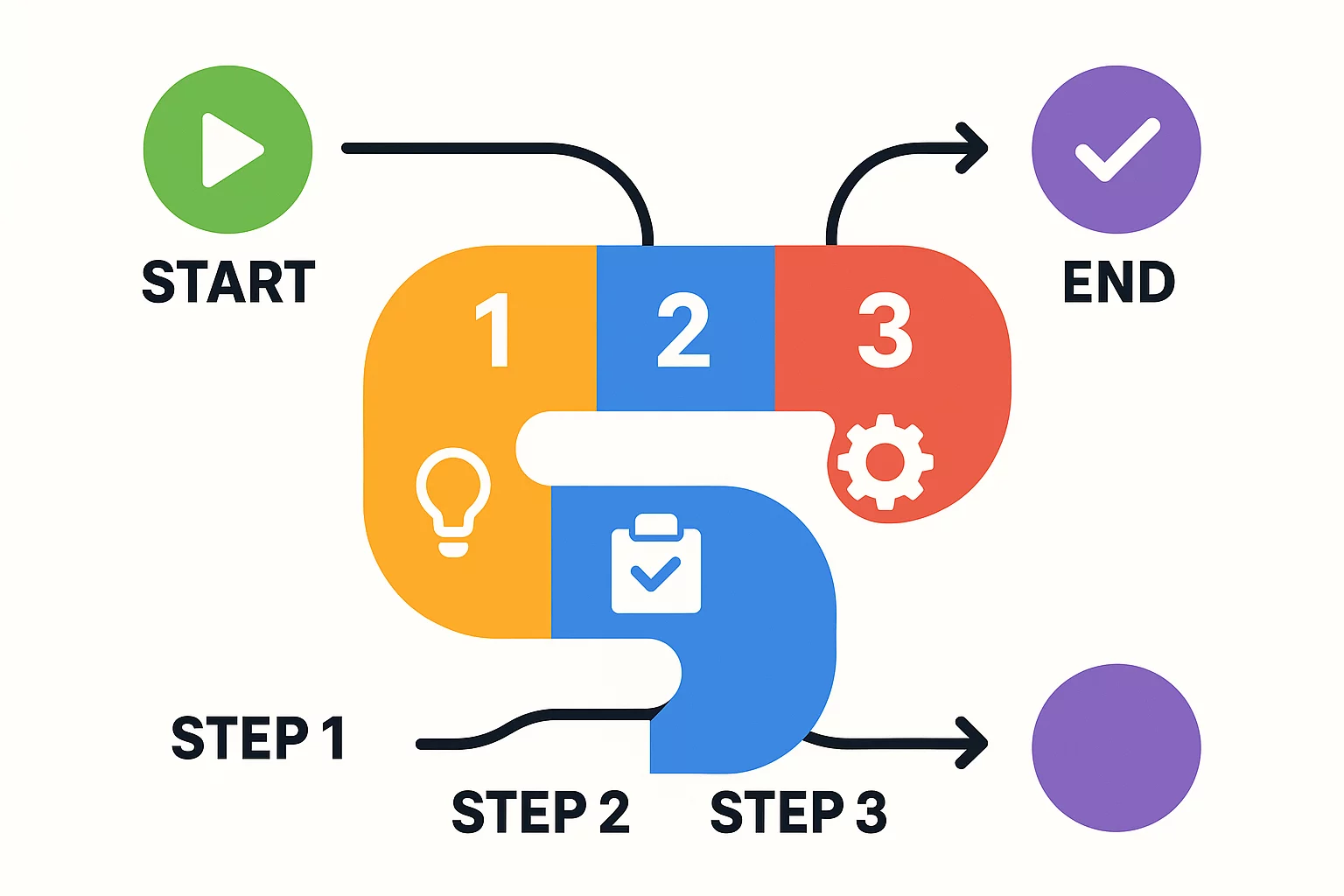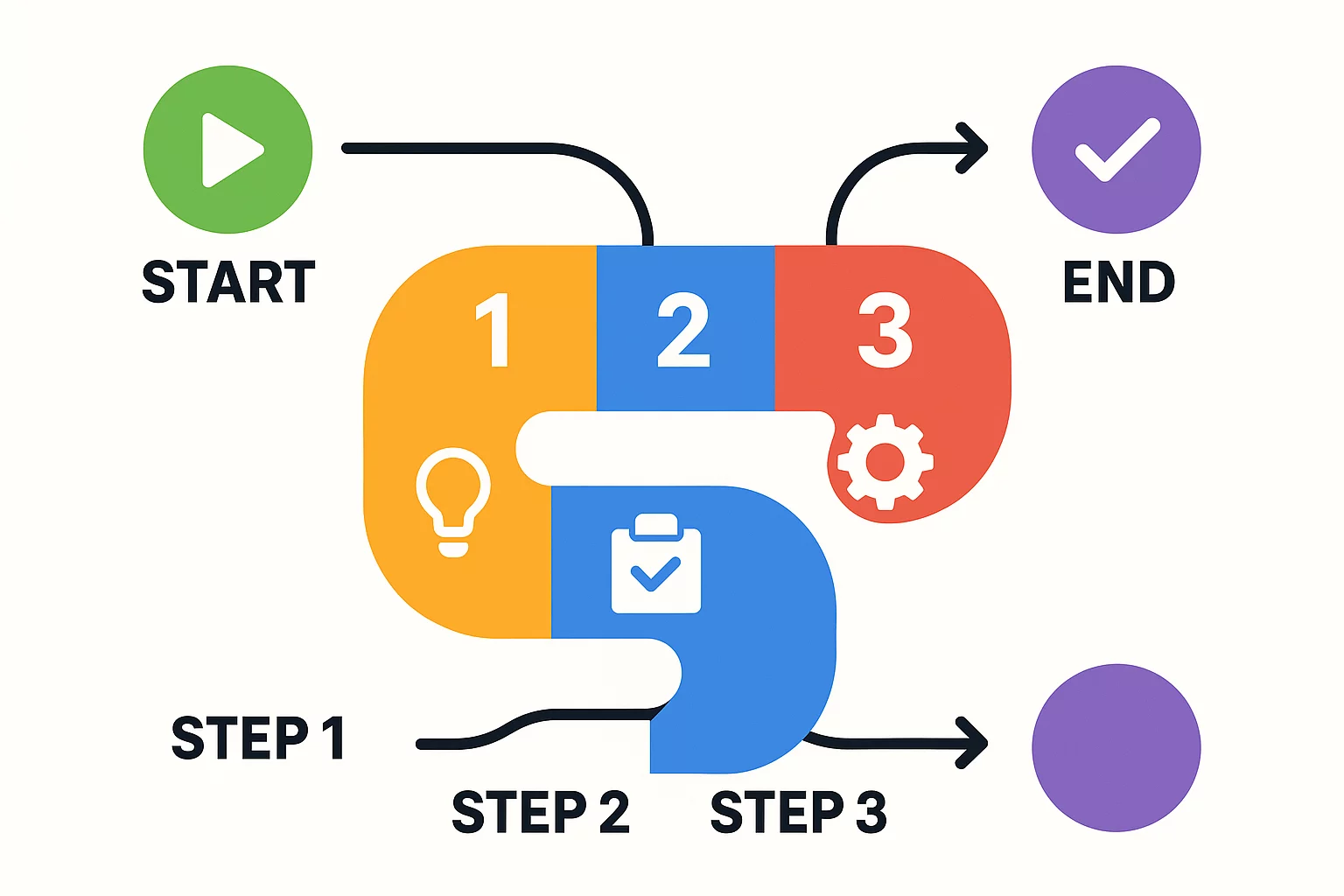You have a vision: to establish a solar module factory that secures energy independence and drives economic growth in your region. You begin your research, request quotes for the core production equipment, and receive a figure for several million euros. But is that the final number for your business plan?
In our 25+ years of guiding entrepreneurs from concept to full-scale operation, we’ve learned that the cost of machinery is only one piece of a much larger puzzle. A successful project depends on a comprehensive understanding of the total Capital Expenditure (CapEx)—the full investment required to bring your factory to life.
This guide offers a transparent, granular breakdown of the costs involved in establishing a 100MW solar module production facility. Our goal is to equip you with the knowledge to create a realistic financial forecast, avoid common pitfalls, and move forward with confidence.
Understanding the Full Scope of Your Investment
Capital Expenditure isn’t just the price of your equipment; it encompasses every cost incurred before your factory produces its first sellable module. Overlooking even one component can lead to significant budget overruns and project delays.
For investors entering the solar manufacturing space—particularly in emerging markets where local production is becoming critical—a holistic budget is the foundation of a sustainable enterprise. A detailed CapEx plan transforms an ambitious idea into a bankable project. It demonstrates foresight to partners and financial institutions, proving that you have a firm grasp of the real-world requirements for success.

Production Equipment: Your Core Investment (55-65% of CapEx)
The heart of your factory is its production line, typically the largest single item in your CapEx budget. It accounts for approximately 55-65% of the total investment and includes all machinery required for the manufacturing process, from stringing and lamination to testing and framing.
When evaluating equipment, it’s essential to look beyond the initial price. The reliability, efficiency, and level of automation of your turnkey production line will directly influence your long-term operational costs, product quality, and profitability. A partnership with an experienced engineering firm ensures that the technology you choose is perfectly suited to your business goals and local conditions.
Beyond the Production Line: The Hidden Costs That Define Your Budget
This is where many initial budgets fall short. The following categories are just as critical as the machinery itself and require careful planning. A miscalculation here can jeopardize the entire project.
Civil Works and Infrastructure (15-20% of Total CapEx)
Your production line needs a home. This substantial investment covers:
- Land Acquisition and Preparation: Securing a suitable site and preparing it for construction.
- Building Construction: The factory building itself, including foundations designed to support heavy machinery, climate control (HVAC) systems crucial for sensitive processes, and cleanroom environments.
- Utilities: Connection to the electrical grid, water supply, compressed air systems, and data infrastructure.
These costs are highly dependent on your specific location and local construction rates, making a detailed local survey an essential early step in the planning process.

Logistics, Shipping, and Import Duties (5-10% of Total CapEx)
Transporting sophisticated machinery across continents is a complex logistical operation. This part of the budget needs to account for:
- International Freight: The cost of shipping from the manufacturer to your nearest port.
- Insurance: Protecting your investment during transit.
- Customs and Import Duties: Taxes and tariffs levied by your country, which can vary significantly.
- Inland Transportation: Moving the equipment from the port to your factory site.
We’ve supported projects across the globe and understand the nuances of international logistics. Proper planning here is key to avoiding costly delays at customs.
Installation, Commissioning, and Training (3-5% of Total CapEx)
Your equipment doesn’t simply arrive and switch on. You’ll need a team of specialized engineers on-site to ensure everything is installed, calibrated, and running to specification.
- Installation Supervision: Expert oversight of the mechanical and electrical setup.
- Commissioning: The process of testing the entire line to ensure it meets performance guarantees.
- On-Site Training: Transferring operational knowledge to your local team is a critical step. You’re not just buying machines—you’re building local expertise. Our hands-on support model ensures your team is confident and capable from day one.
Working Capital and Spare Parts (5-8% of Total CapEx)
Before you generate revenue, you’ll need capital to operate. This should include:
- Initial Raw Materials: Securing the first few months’ supply of solar cells, glass, EVA, and other components.
- Essential Spare Parts: Having a stock of critical spares on-site is vital to minimize downtime.
- Operational Cash Flow: Funds to cover salaries, utilities, and other overheads during the ramp-up phase.
Sample CapEx Budget for a 100MW Solar Factory
While every project is unique, this sample allocation provides a realistic starting point for your financial planning.
- Production Equipment: 55% – 65%
- Civil Works and Infrastructure: 15% – 20%
- Logistics and Import Duties: 5% – 10%
- Installation, Commissioning and Training: 3% – 5%
- Working Capital (Initial Materials and Spares): 5% – 8%
- Contingency Fund: 5%
A 5% contingency fund is highly recommended. It provides a crucial buffer for any unexpected costs without disrupting the project timeline.
Frequently Asked Questions (FAQ)
-
What are the most common unforeseen costs?
Import duties and civil works are the two areas most prone to underestimation. Tariffs can change, and local construction costs or unforeseen site issues can impact the building budget. Working with a partner who helps you anticipate these variables is essential. -
How long does it take to build a 100MW factory from start to finish?
Typically, you should plan for a timeline of 12 to 18 months from the final contract signing to the start of production. This includes manufacturing the equipment, shipping, building construction, installation, and commissioning. -
Can J.v.G. assist with developing a business plan and financial model?
Yes. While we are engineers, not financial advisors, our experience is invaluable in creating a realistic plan. We provide the detailed technical and operational cost data that forms the backbone of a solid financial model. We help you understand the numbers behind the vision. Learn more about our founders and their decades of experience. -
Why is a full CapEx breakdown so important for securing financing?
Banks and investors need to see that you have a comprehensive, realistic, and de-risked plan. A budget that only covers machinery signals a lack of experience. A detailed, line-item CapEx breakdown demonstrates credibility and a deep understanding of what it truly takes to succeed.
Build Your Vision on a Solid Financial Foundation
Establishing a solar module factory is a significant undertaking, but it doesn’t have to be an uncertain one. With a clear and complete understanding of the total capital expenditure, you can build your project on a foundation of financial stability and operational readiness.
You bring the vision and the investment. We provide the engineering expertise and transparent partnership to guide you through every step of the process.
Ready to turn your vision into a bankable project? Contact us to discuss the specifics of your solar factory and get a detailed assessment.

